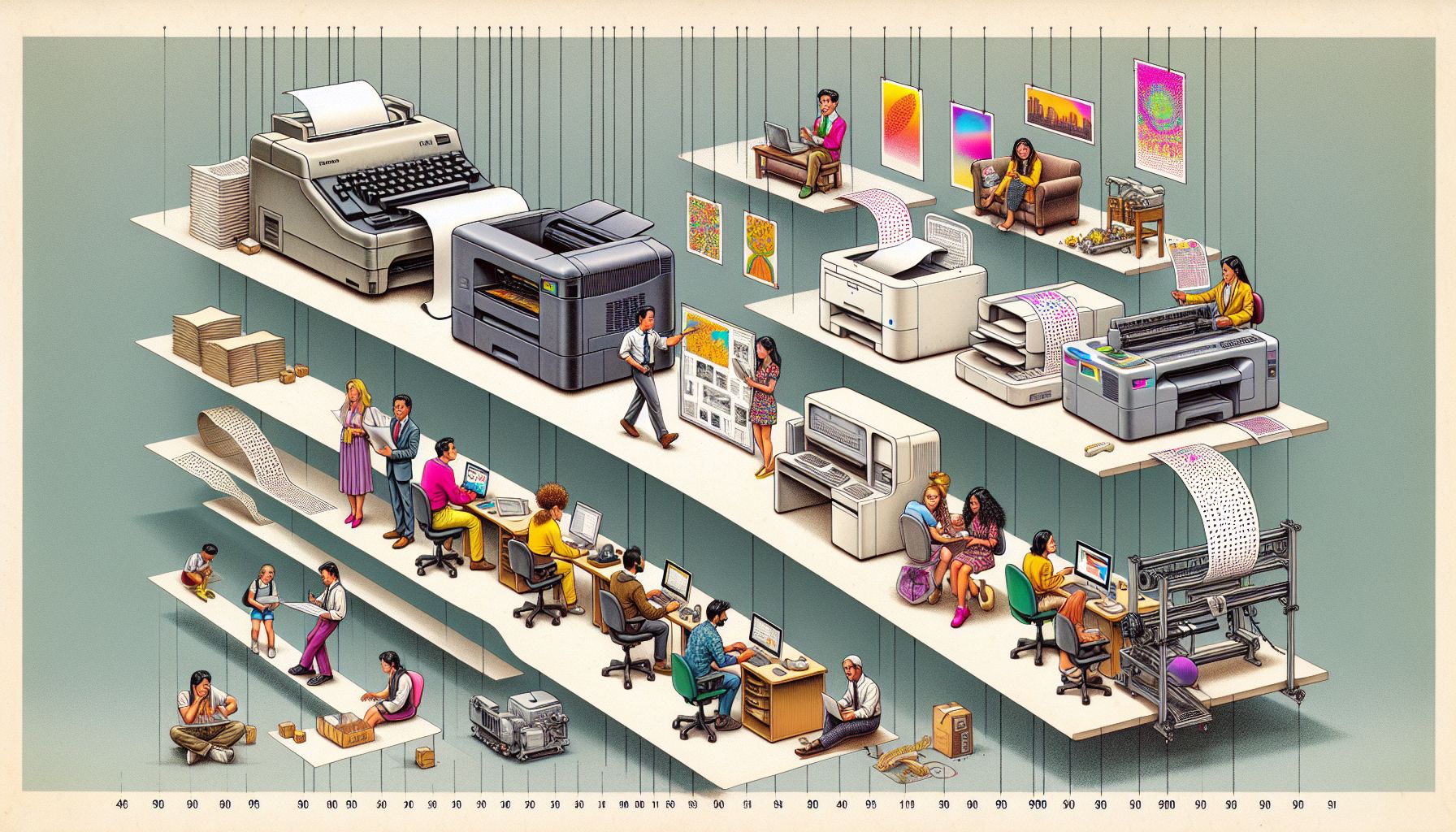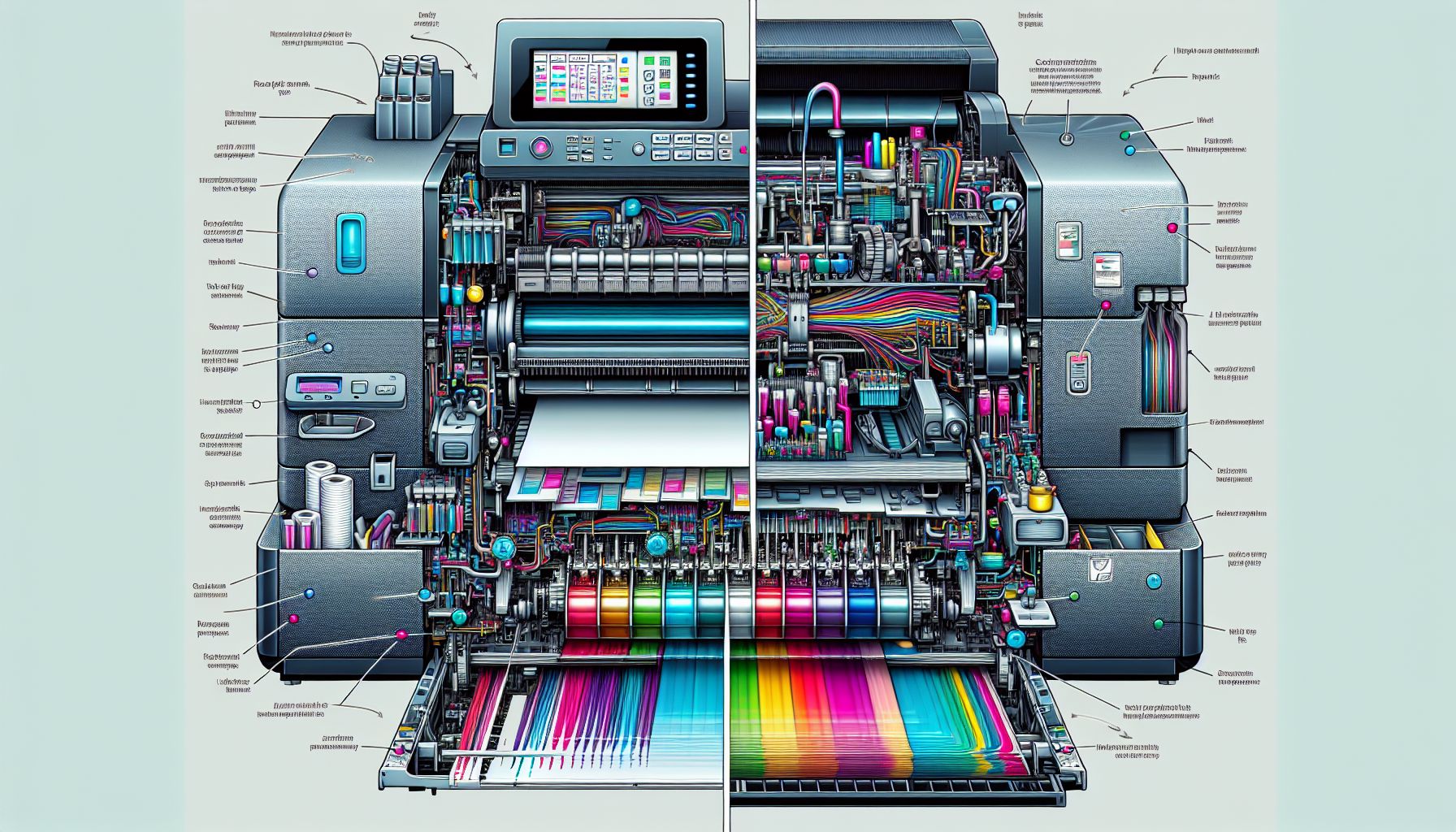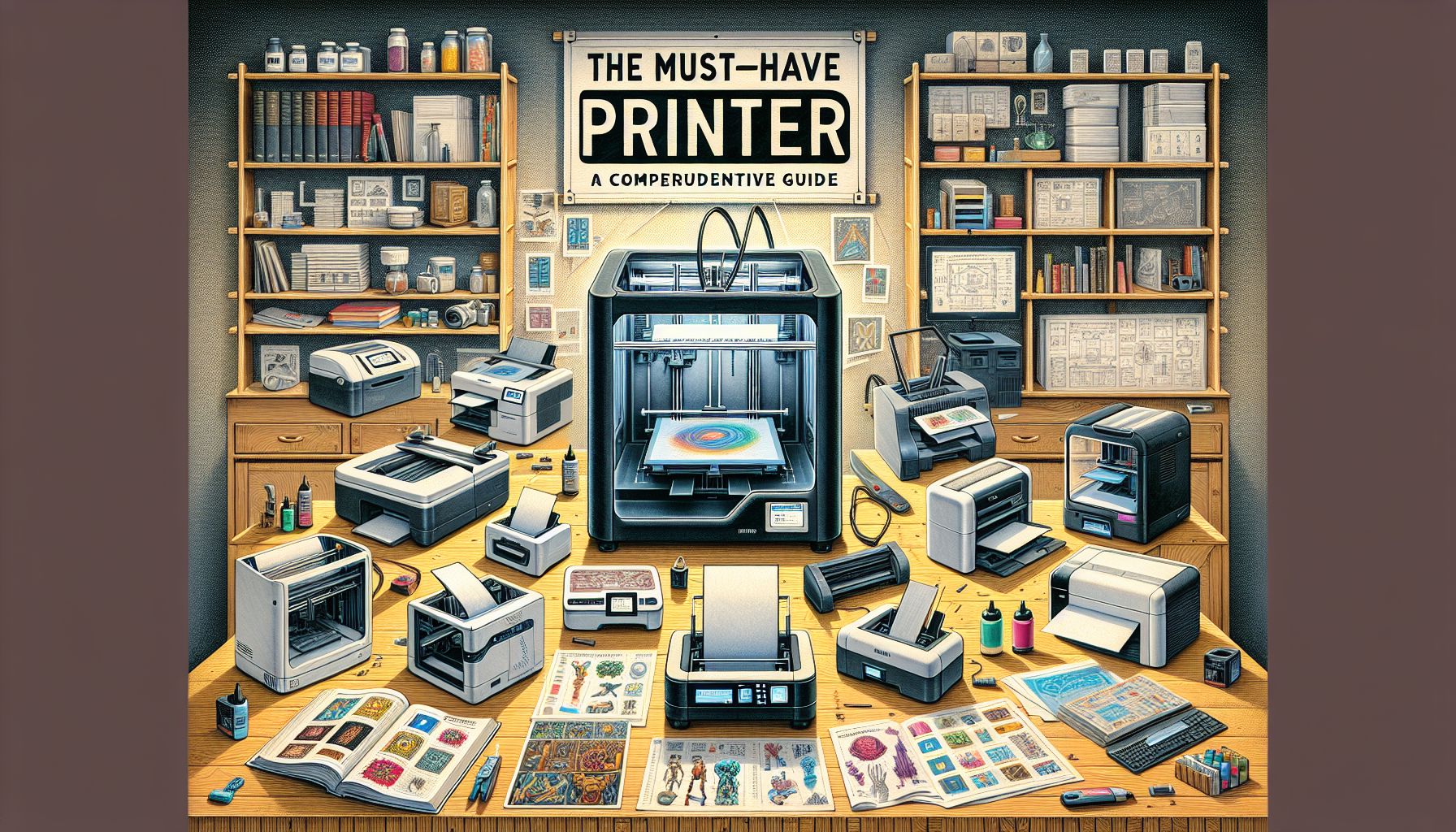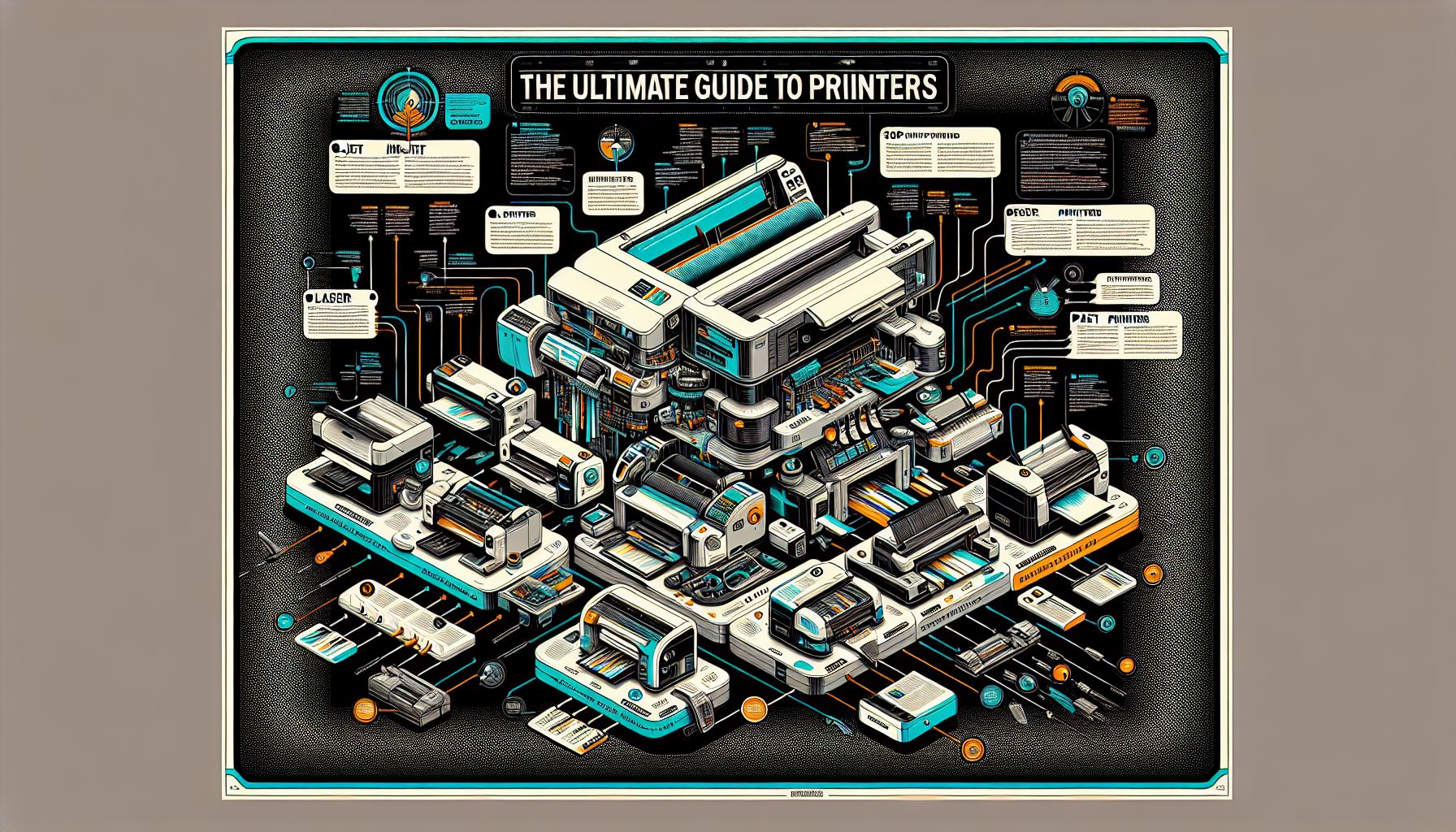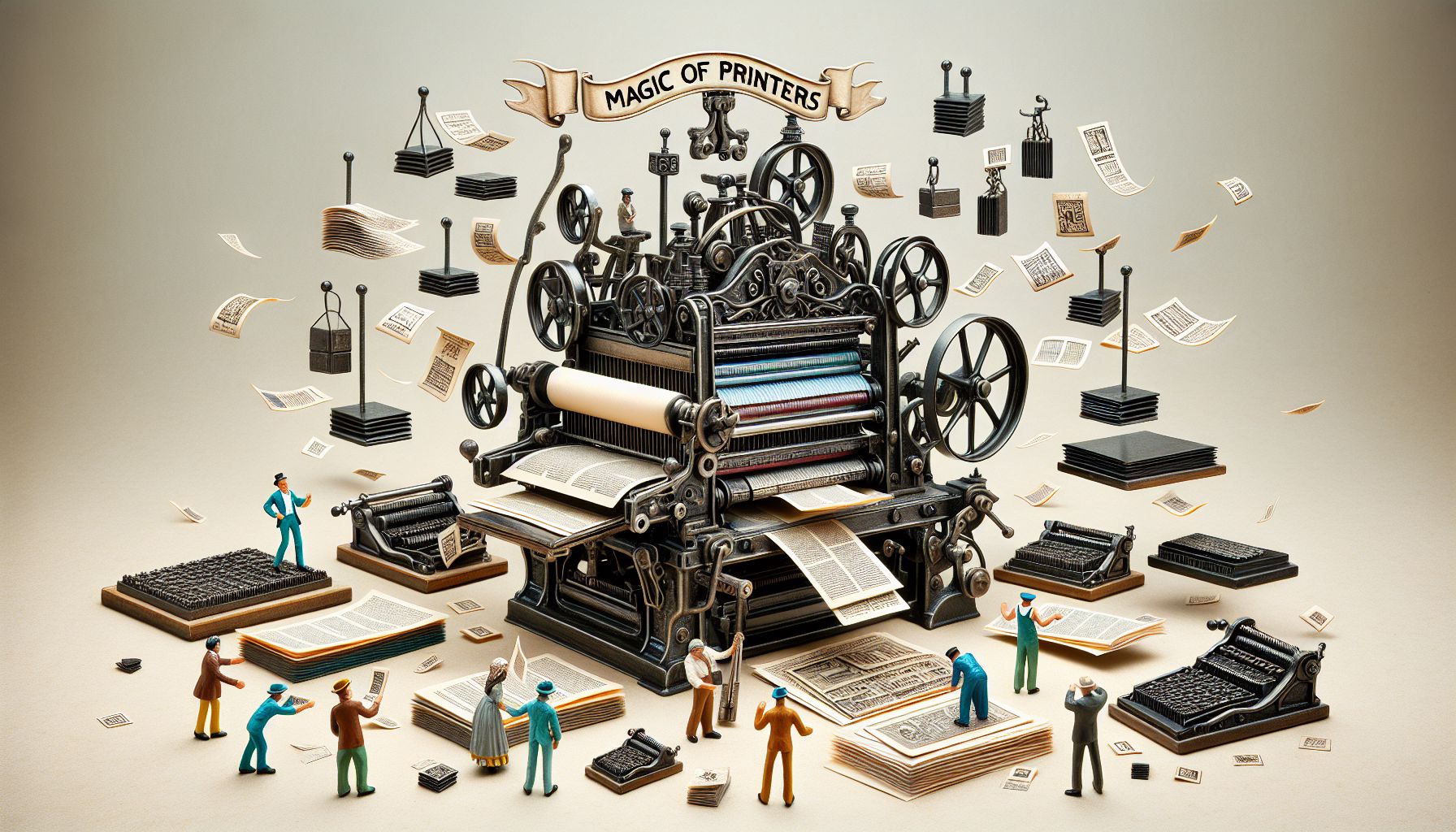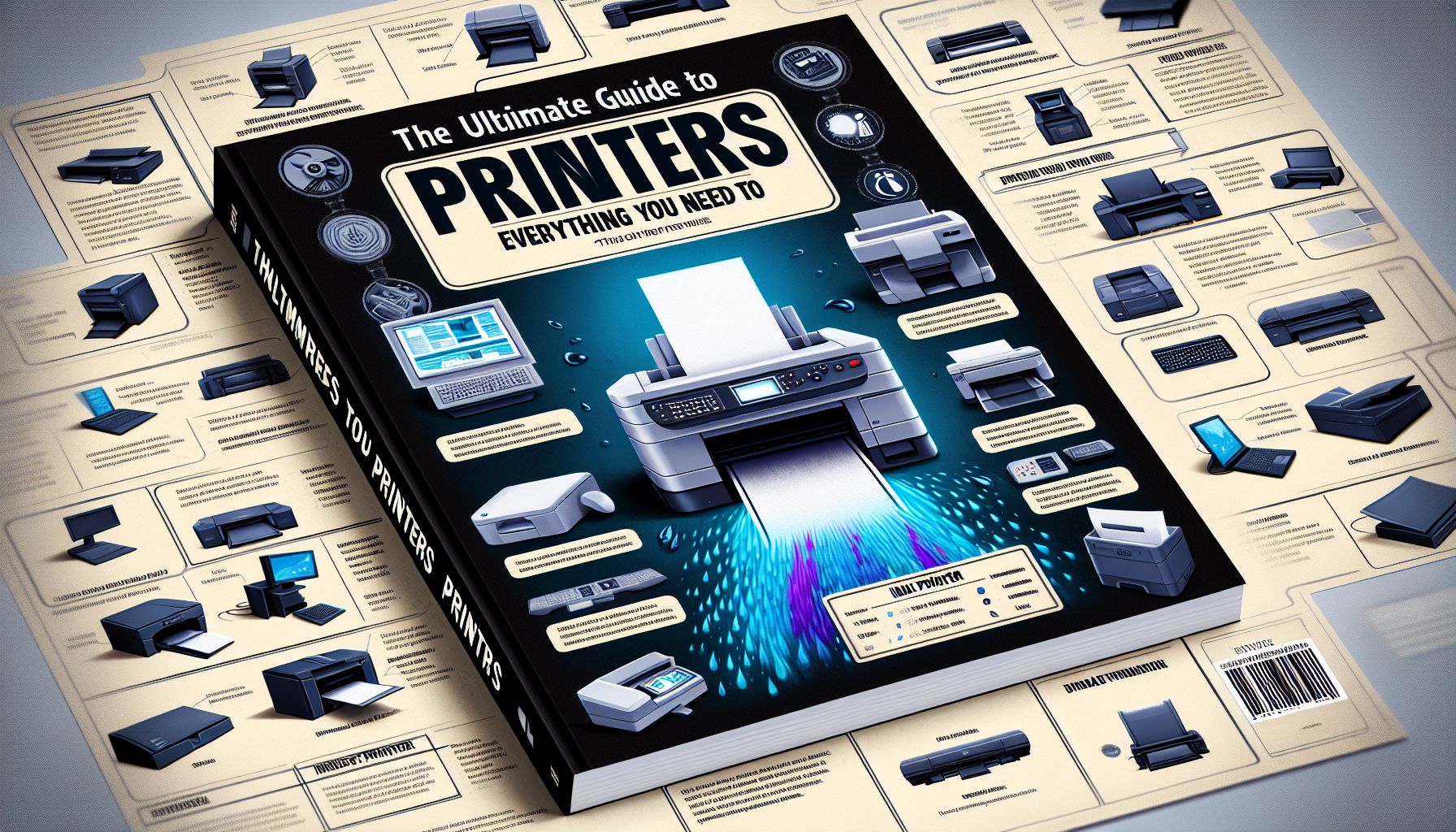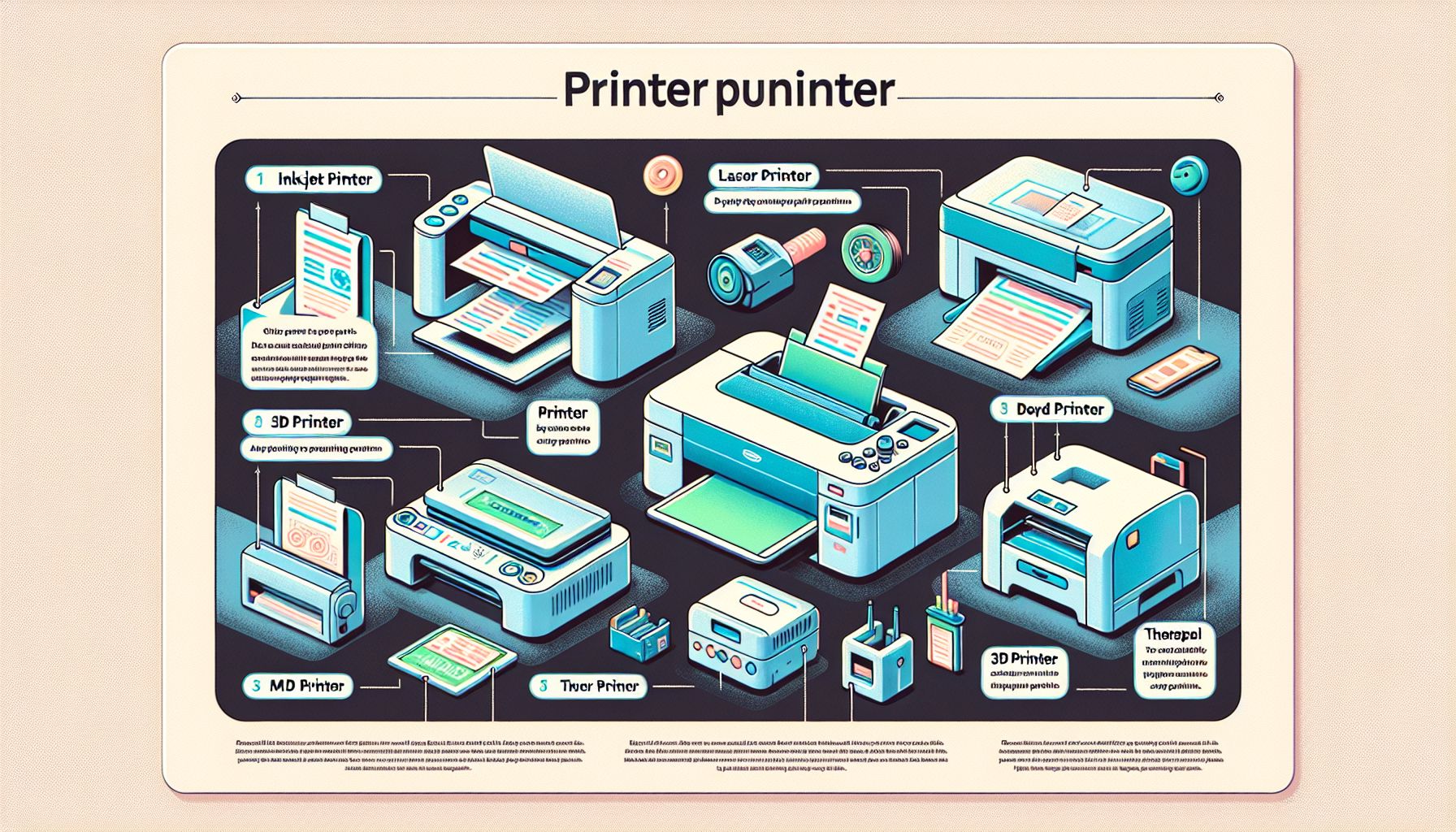The Evolution of Printers: From Dot Matrix to 3D Printing
In today’s digital age, printers have become an essential tool for both personal and professional use. From the early days of dot matrix printers to the latest advancements in 3D printing technology, printers have come a long way in terms of functionality, speed, and quality. In this article, we will explore the evolution of printers and how they have revolutionized the way we create and reproduce documents.
The Early Days of Printing: Dot Matrix Printers
The journey of printers began with the invention of dot matrix printers in the 1970s. These printers used a grid of tiny pins to create characters on paper by striking an ink-soaked ribbon. While they were noisy and slow, dot matrix printers were a significant improvement over manual typewriters in terms of speed and efficiency. They soon became the go-to choice for businesses and home users looking to print simple text documents.
The Rise of Inkjet and Laser Printers
In the 1980s, inkjet and laser printers started to replace dot matrix printers as the preferred printing technology. Inkjet printers work by propelling tiny droplets of ink onto paper to create images and text. They are versatile and can produce high-quality prints, making them popular for both home and office use.
Laser printers, on the other hand, use a laser beam to project an image onto a drum, which transfers toner onto paper to create prints. Laser printers are faster and more cost-effective than inkjet printers, making them ideal for high-volume printing tasks.
The Digital Revolution: All-in-One Printers and Wireless Connectivity
As technology continued to advance, all-in-one printers emerged as a convenient solution for users looking to print, scan, copy, and fax documents from a single device. These multifunction printers combine the features of a printer, scanner, copier, and fax machine into one compact unit, saving space and improving efficiency.
Wireless connectivity has also become a standard feature in modern printers, allowing users to print from their smartphones, tablets, and laptops without the need for cables or direct connections. With the rise of cloud printing services, users can now send print jobs to their printers from anywhere in the world, making printing more accessible and convenient than ever before.
The Future of Printing: 3D Printing Technology
In recent years, 3D printing technology has revolutionized the way we create physical objects. 3D printers use additive manufacturing processes to build objects layer by layer from digital designs. These printers can produce complex shapes and structures that are impossible to create with traditional manufacturing methods, making them popular in industries such as aerospace, healthcare, and architecture.
The potential applications of 3D printing are endless, from prototyping and rapid manufacturing to customization and art. With advancements in materials and techniques, 3D printers are becoming more affordable and accessible to a wider audience, enabling individuals and businesses to unleash their creativity and bring their ideas to life in ways never before possible.
Conclusion
From the humble beginnings of dot matrix printers to the cutting-edge technology of 3D printing, printers have evolved significantly over the years, transforming the way we communicate, create, and innovate. As technology continues to advance, printers will continue to play a crucial role in shaping the future of how we interact with information and objects in the digital age. Whether it’s printing documents for work, creating prototypes for a new product, or producing custom-made items for personal use, printers have become an indispensable tool in our daily lives.…


